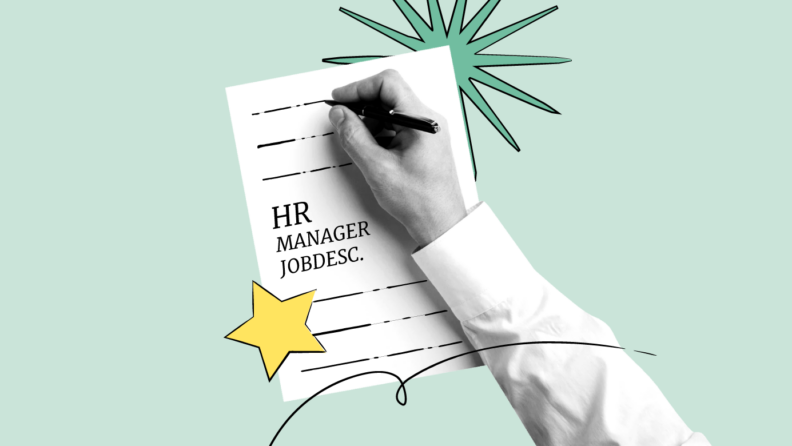So with this role there is somewhat of a trick with the title, a role like this actually manages the human resource function of a business and has a number of staff reporting to them. This role is not to be confused with a ‘Human Resource Manager’ which is often a sole charge role, typically found in smaller organisations (alternatively the ‘Human Resources Manager title is sometimes used when the incumbent is geographically separate from the head office, such as a HR Manager within a supermarket or retail store which belongs to a larger chain). With this role the buck stops with you, depending on the size of the organization there may be an executive ‘Chief of Staff’ role which is the ultimate in seniority within the HR chain of command, but most incumbents within the Manager Human Resources role will be the top HR person within the organization, and depending on the organizational structure will either report to a member of the executive (such as in this example) or directly to the CEO.
Job Description (SAMPLE)
Title: Manager Human Resources
Division: Human Resources
Reports to: Chief Financial Officer
Position Summary
The Manager Human Resources is charged with leading the Human Resources team, providing strategic leadership, direction and advice in the development and implementation of human resource strategies, policies and procedures across the organization.
Duties & Responsibilities
1. Achieve organizational outcomes as set by the senior leadership team, through the provision of expert advice and action on operational and strategic human resource management, and employee relations matters.
2. Facilitate and enable organizational performance through employee engagement and capability building strategies.
3. Implement and maintain human resource best practice.
4. Manage the design and implement of human resource initiatives, programs and policies to meet strategic business needs.
5. Lead the delivery of human resource services through fostering a customer-centric culture.
Selection Criteria
Often the duties and responsibilities will be followed by key selection criteria, I haven’t included these as this area will differ across countries and industries – and indeed the size of the organization will impact on the selection criteria. However, they will be tied back to the duties & responsibilities.
Qualifications/Knowledge
Extensive experience in a similar role and postgraduate qualifications in a relevant discipline such as Human Resources, Business Management, or similar.
Further recourses:


